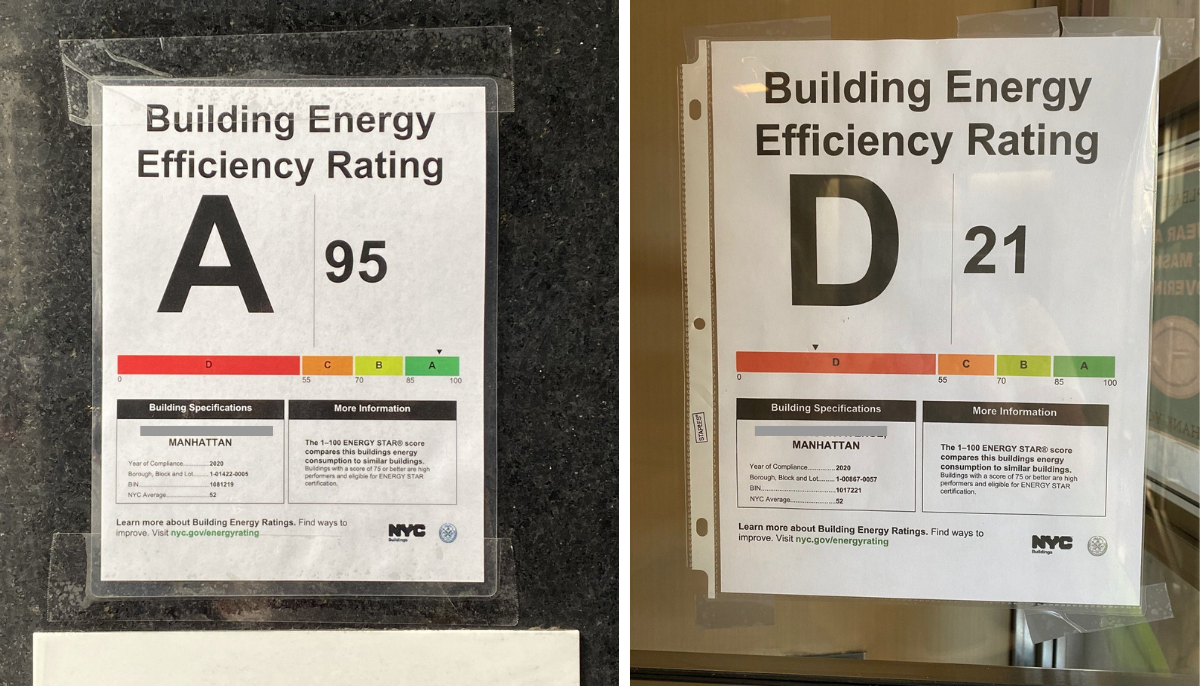The home of smart buildings, smart equipment and IoT
COP27 took place this week and the theme this year is “Together for Implementation” around taking action. In our industry, what are we doing to reduce our carbon footprint? We’ve been talking about the need for all buildings to be properly managed. As J2 CEO, Alex Rohweder says, “Managing a building without a BMS is like driving a car without a steering wheel.”
Recently, Alex shared a post depicting a building in New York City with a “Building Energy Efficiency Rating” - essentially a visible report card for how that building is performing. It made me think of the posted restaurant health inspection reports that let you know how sanitary the operations are within. But how “clean” are the buildings we occupy with regard to energy?
According to IEA, “The buildings and buildings construction sectors combined are responsible for 30% of total global final energy consumption and 27% of total energy sector emissions.”
Wouldn’t it be great if innovative programs such as the New York City Benchmarking and Energy Efficiency Rating were adopted across all buildings? This would help drive awareness and action to take steps in reducing energy consumption and carbon emissions. Getting all buildings to a minimum standard of automation would enable reporting of overall health and energy efficiency metrics. Unlike the one-time LEED certification and more like an ongoing report card, this would ensure energy efficiency is continuous.

Here's a look at how we would "grade" a building if a standard "report card" existed for all buildings.
Inspired by COP27 and a call to action to lower carbon emissions, innovative ideas such as a simple building performance report card could be a novel approach to expanding the reach of smart building technology into the vast number of buildings that contribute to energy usage but are not currently managed.
Scott joined J2 Innovations as a partner in 2011 and is now Vice President of Knowledge Excellence. He has a wide range of responsibilities, including evangelism, business development and training. Scott is well known as an industry expert in smart homes and smart buildings. He is a past president of ASHRAE, and is currently a board member for Project Haystack. Scott attended Clarkson University for Mechanical Engineering and graduated with a BS/Business in Organizational Innovation.
Topics from this blog: Smart Buildings Energy management sustainability Industry
Back to all posts
J2 Innovations Headquarters, 535 Anton Blvd, Suite 1200, Costa Mesa, CA 92626, USA. Tel: 909-217-7040